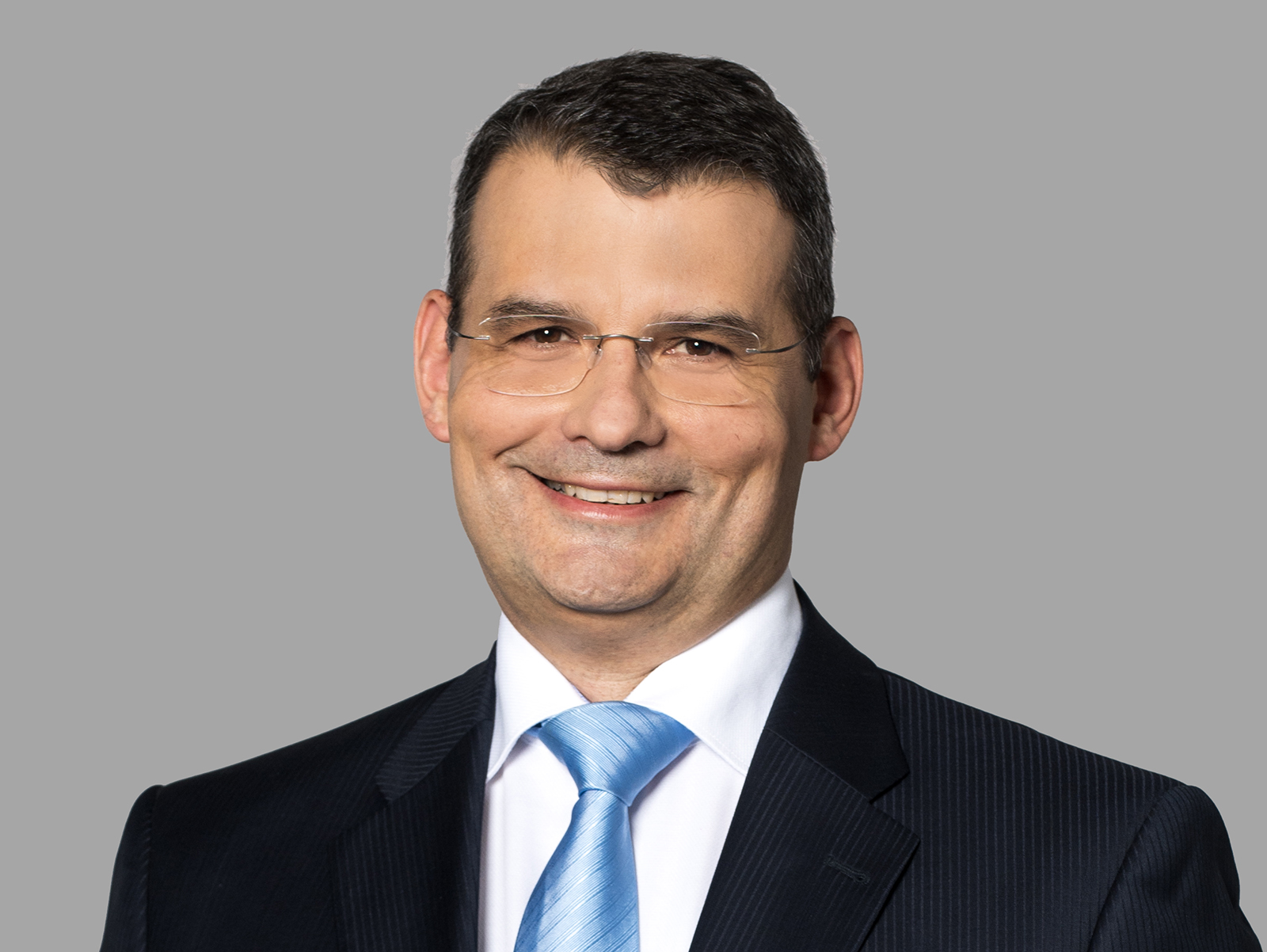How ‘Green’ is Green Finance?

Dr. Edina Schweizer, Partner, Head of CEE Banking&Finance, Head of Hungary Banking&Finance, Noerr and Partners Law Firm
Not all green- but improving
The new buzzwords causing excitement in the financing landscape in the last couple of years are “green finance,” “green bonds,” and “ES” (environmental, social, and governance).
Green finance aims to increase financial flows (banking, insurance, and investment) to sustainable investment and development priorities.
The game changer of the financial landscape
Increasing international concern about the impact of climate change has resulted in a growing focus on the environmental and social responsibilities of both corporates and governments. Consequently, green finance became a potential game-changer of the financial landscape. Banks and financial institutions (on the supply side) and borrowers and asset managers (on the demand side) were hungry and excited to discover this new arena.
So, ESG has become a key topic. The green bond market has developed exponentially in the last five years, with a growth rate of more than 60% per year globally. ESG assets are on track to exceed USD 50 trillion by 2025.
Market players quickly realized that one could create value by applying an ESG strategy. However, there was no real consensus in many organizations about how to best navigate different stakeholders’ expectations.
On the investment side, the market for green and social bonds is rising rapidly. Similarly, on the lending side, there is an undisputed, fast-growing interest in sustainable finance. In Hungary, banks are now considering offering green loans as an alternative to traditional loans. However, the green lending market is still lagging behind the green bond market, where we have seen a wave of corporate green bond issues recently, primarily by real estate companies.
A gas distribution company can issue green bonds – how is that possible?
The lack of clarity on what “green” means often leads to confusion about what products classify as sustainable. Czech Gas Network Investments, a natural gas distribution company, has recently issued green bonds worth EUR 500 million. An average investor may face challenges understanding how a natural gas company could use the word “green” concerning its business in the first place.
Likewise, several real estate development companies have issued green bonds in Hungary, the Czech Republic, and other CEE countries; half of all non-renewable resources humankind consumes are used in construction, making it one of the least sustainable industries in the world.
The “green” labeling of operating real estate assets might also raise questions. For example, almost 40% of the existing modern office buildings in Budapest hold a “very good” (BREEAM) or “gold” (LEED) qualification, making the owners eligible to issue green bonds. If 40% already fits the green bill, one might think the threshold needs to be revisited.
Regulators should take the lead
Until now, green bond issuers followed their own standards and guidelines when qualifying their bonds and activities as “green” or “sustainable.” To achieve more clarity, regulators realized they needed to drive the discussion and set the cornerstones. To that end, the EU introduced the Sustainable Finance Disclosure Regulation (SFDR) and taxonomy. Moreover, a separate regulation, the European Green Bond Standard (EUGBS), is under preparation. These regulations aim to create “a gold standard” for the market as to what “green” means.
The market has started to adapt already. Funds and asset managers have cut back on their use of the term “ESG” in preparation for the times when more rigorous labeling is applied. For example, DWS Group, the investment unit of Deutsche Bank, reported EUR 459 billion in “integrated ESG assets” at the end of 2020. After the introduction of SFDR, they reported EUR 70 bln in “ESG dedicated assets” at the end of H2 2021.
In Hungary, the central bank took an active role and introduced praiseworthy methods to boost green finance, including subsidized “green home loans,” green mortgage bond purchases, and capital requirement easement for banks pursuing green finance. A progressive approach that is way ahead of other regional regulators in CEE.
With all the above taking place, green finance is on a path to have more standardized fundamentals to avoid “greenwashing” and will be able to move to a much greener place.
This article was first published in the Budapest Business Journal print issue of October 22, 2021.
SUPPORT THE BUDAPEST BUSINESS JOURNAL
Producing journalism that is worthy of the name is a costly business. For 27 years, the publishers, editors and reporters of the Budapest Business Journal have striven to bring you business news that works, information that you can trust, that is factual, accurate and presented without fear or favor.
Newspaper organizations across the globe have struggled to find a business model that allows them to continue to excel, without compromising their ability to perform. Most recently, some have experimented with the idea of involving their most important stakeholders, their readers.
We would like to offer that same opportunity to our readers. We would like to invite you to help us deliver the quality business journalism you require. Hit our Support the BBJ button and you can choose the how much and how often you send us your contributions.




KOENIGSHOFER%20MICHAEL_3zu4_PRINT-CUT-SMALLER.jpg)
-SMALLER-CUT.jpg)


